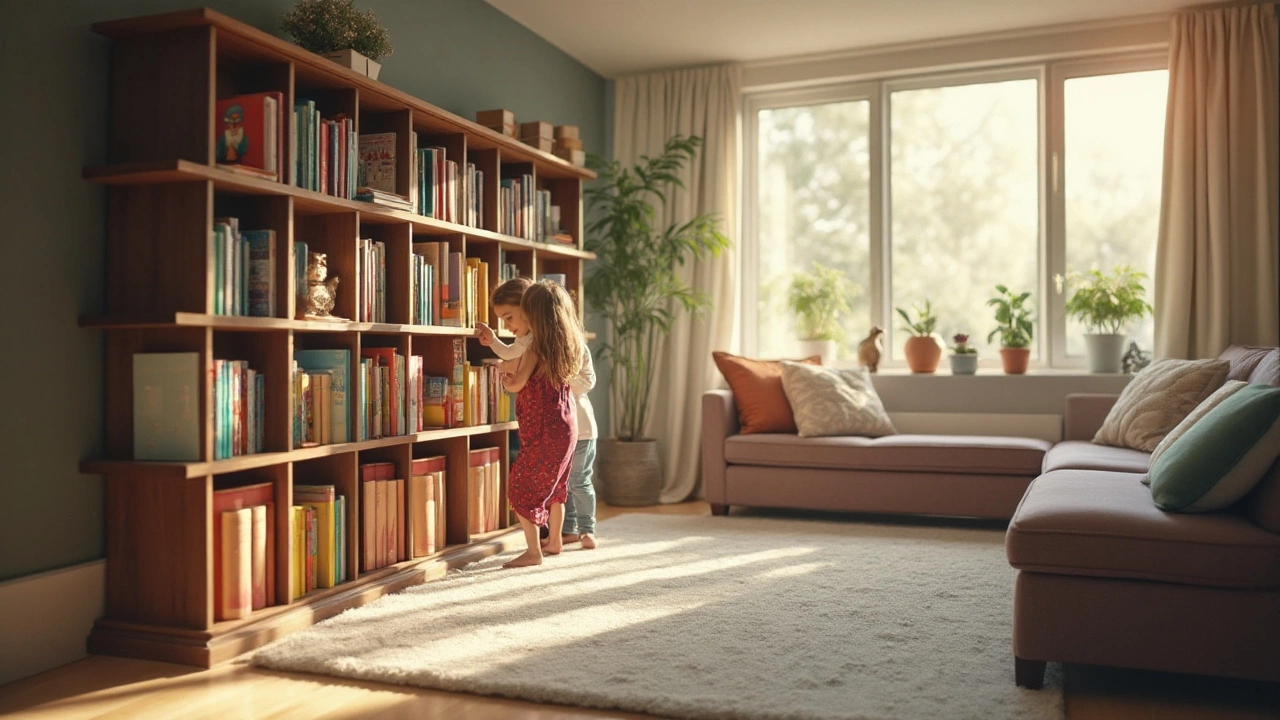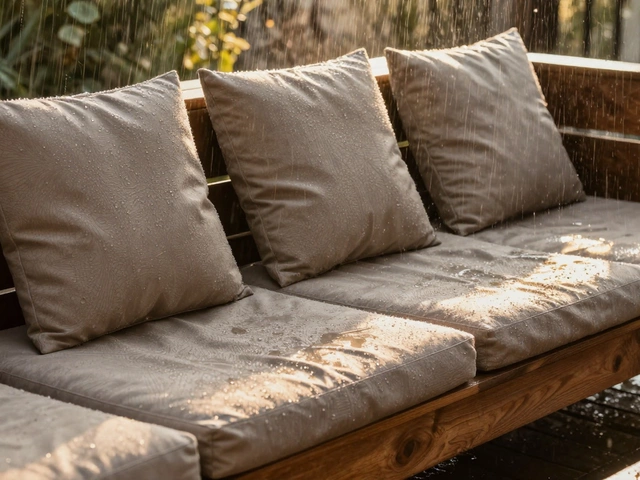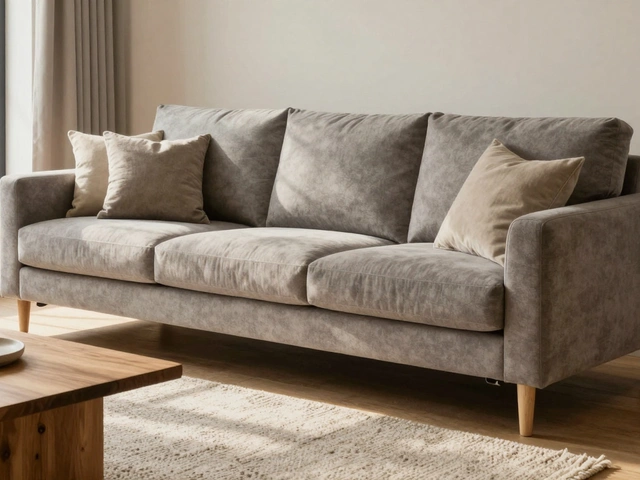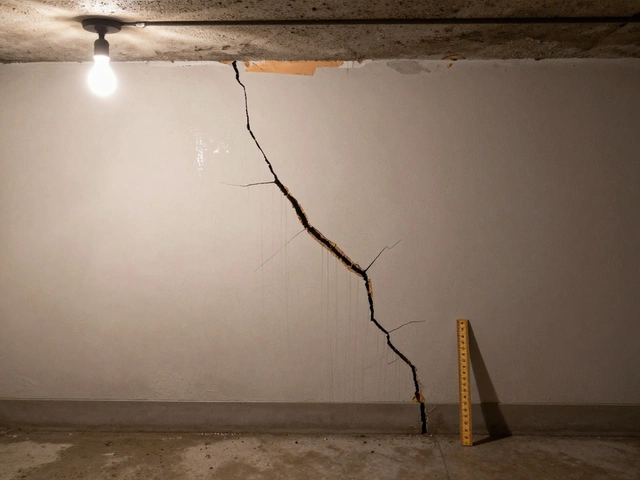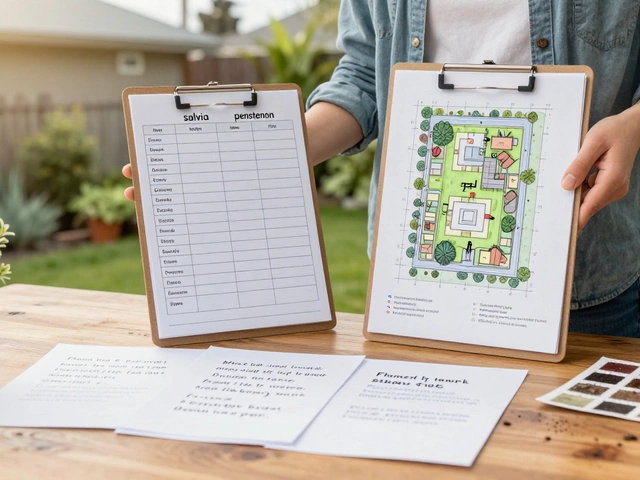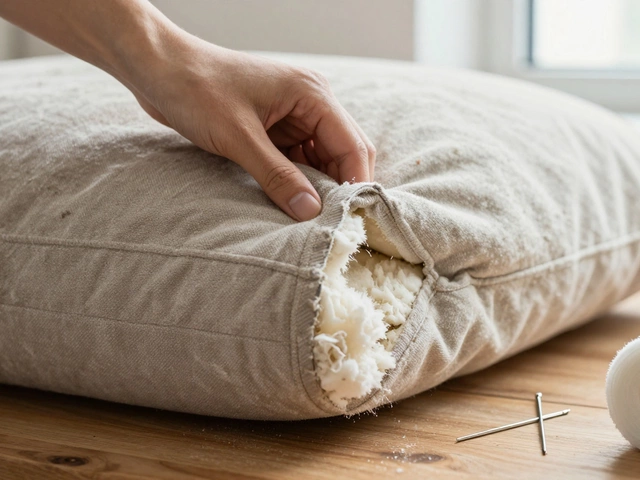Safety in Home Renovation and Construction
When talking about safety, the practice of protecting people from injury or damage while working on or living in built environments. Also known as health and safety, it guides everything from a simple paint job to a full‑scale build. Good safety habits keep projects on track, cut costs, and stop headaches later. Below we break down the core ideas you’ll need, whether you’re a pro builder, a weekend DIYer, or just a homeowner looking to keep things secure.
One of the biggest arenas for safety is the construction site, any location where building, demolition, or structural work takes place. A well‑run site follows clear protocols, uses proper signage, and makes sure every worker wears the right gear. Safety encompasses construction site protocols, meaning that a missed step can turn a routine day into a costly accident. Things like regular toolbox talks, clear walkways, and proper scaffolding add layers of protection. When a crew respects these rules, the whole project moves faster and with fewer interruptions.
For folks who love doing things themselves, DIY projects, home improvement tasks performed by non‑professionals bring a different set of safety concerns. DIY projects require safety gear – goggles, gloves, and dust masks – because even a small job can produce hidden hazards. Safety in DIY projects means checking tools before use, securing ladders, and keeping workspaces tidy. A quick habit like unplugging power tools when changing blades cuts the risk of electric shock. Those simple steps let you enjoy the satisfaction of a finished job without worrying about injuries later.
Another often‑overlooked area is mold prevention, methods used to stop fungal growth in homes and stored items. Moisture that gathers in basements, closets, or storage units can damage furniture and create health risks. Mold prevention supports furniture safety by keeping wood, upholstery, and frames dry and intact. Simple actions like using a dehumidifier, sealing leaks, and allowing air flow go a long way. When you store a sofa or antique table, checking humidity levels and wrapping items in breathable covers prevents mold from taking hold, extending the life of your pieces.
Even the ground beneath a house plays a part in overall safety. Foundation settlement, the gradual sinking or shifting of a building’s base over time can create cracks, uneven floors, and structural instability. Monitoring foundation settlement is a key safety measure for older homes and new builds alike. Early signs like door frames that stick or walls that bow signal that you need a professional inspection. Addressing drainage, soil compaction, or adding reinforcements early stops small problems from becoming dangerous failures later on.
What you’ll find next
Below you’ll see a curated list of articles that dive deeper into each of these safety angles. From detailed guides on construction site checks and DIY protective gear, to step‑by‑step mold‑free storage tips and how to spot foundation movement early, the collection covers practical advice you can put into action today. Use these resources to build a safer environment, whether you’re tackling a quick repair or a major remodel.
Optimal Anchors for Securing Your Bookcase Safely
Securing a bookcase properly is crucial for preventing accidents and ensuring stability. This article explores the types of anchors available, tips for installation, and why anchoring is essential, especially in homes with children. Discover insights on selecting the right anchor based on your wall type and bookcase weight. Learn practical advice for a safe and stylish living space.
full article